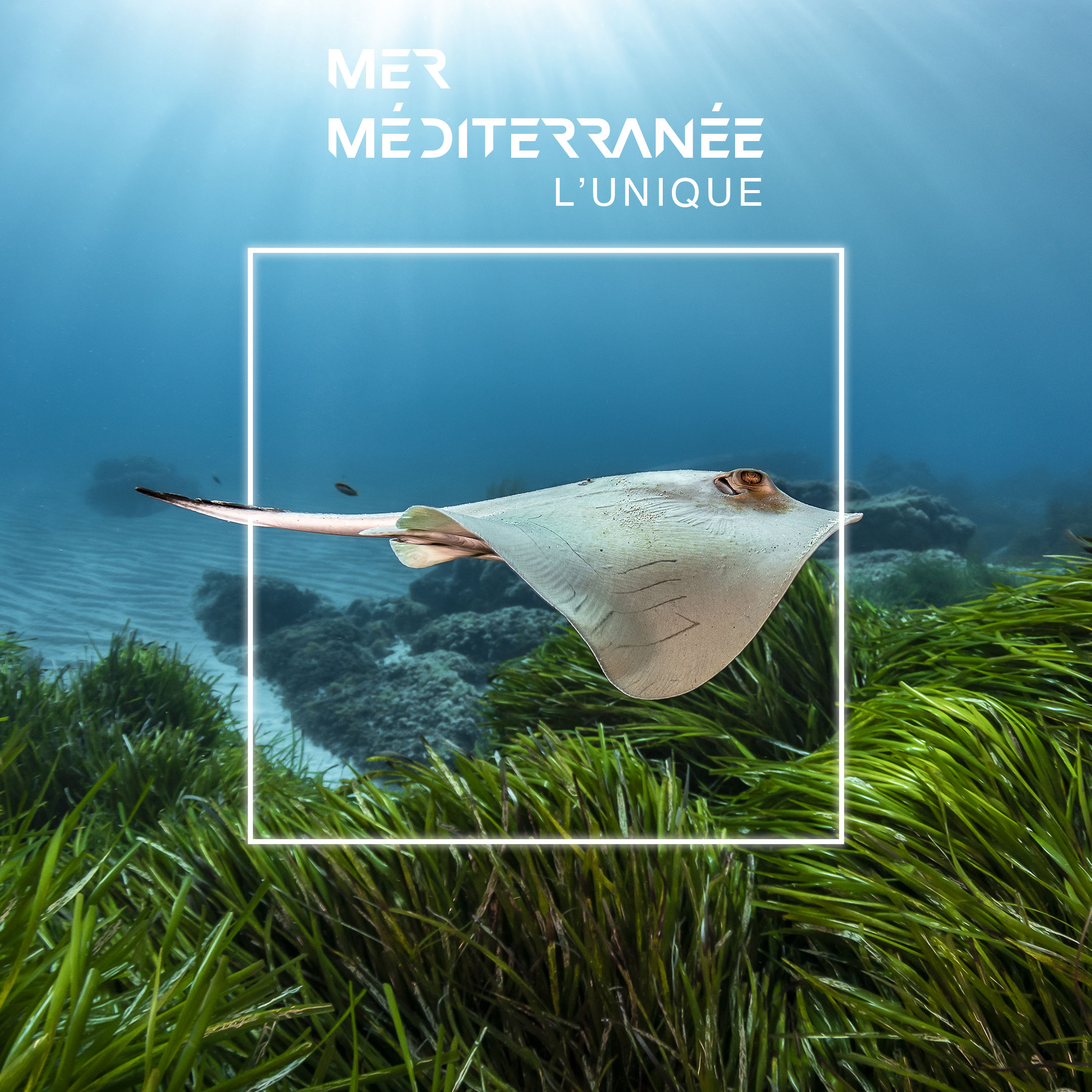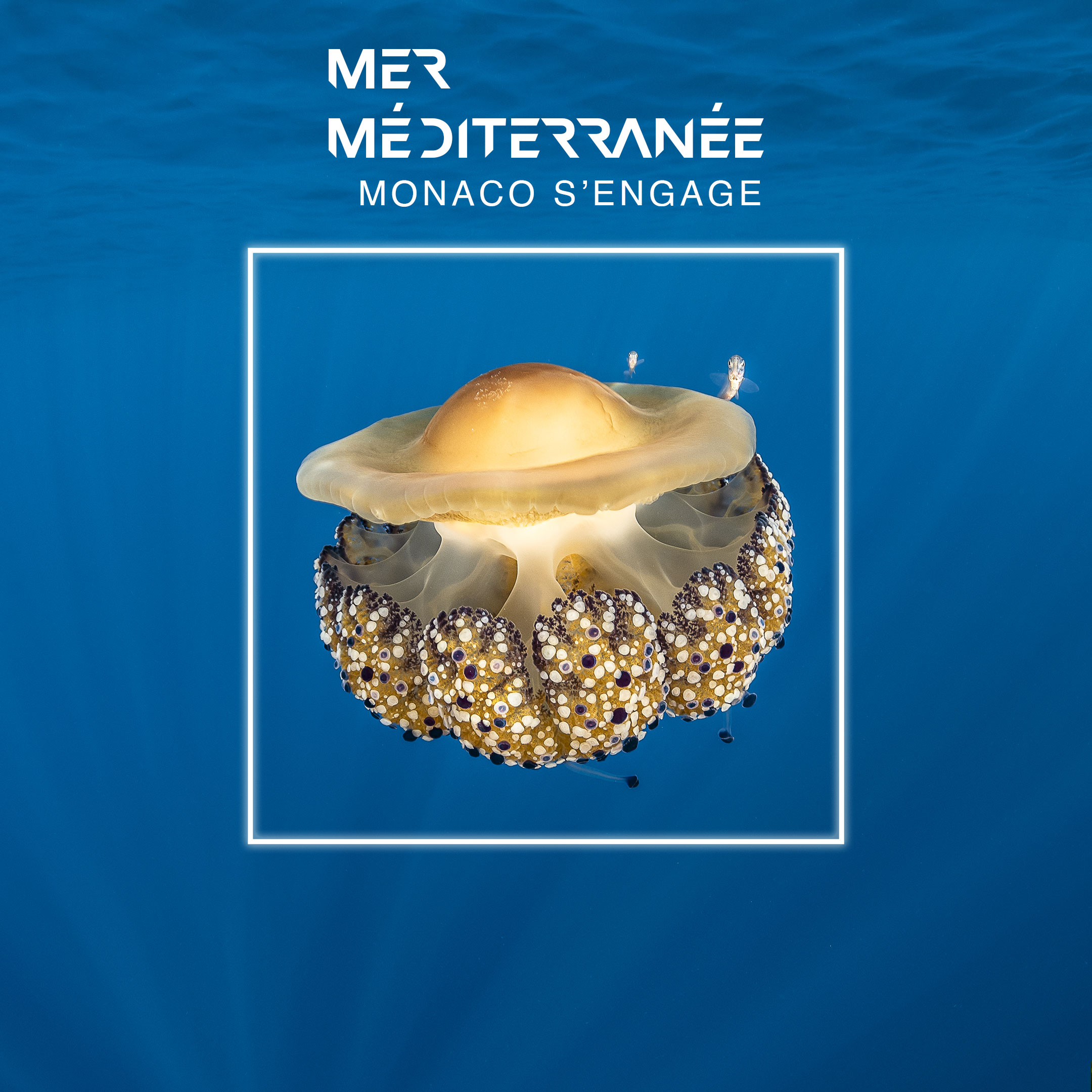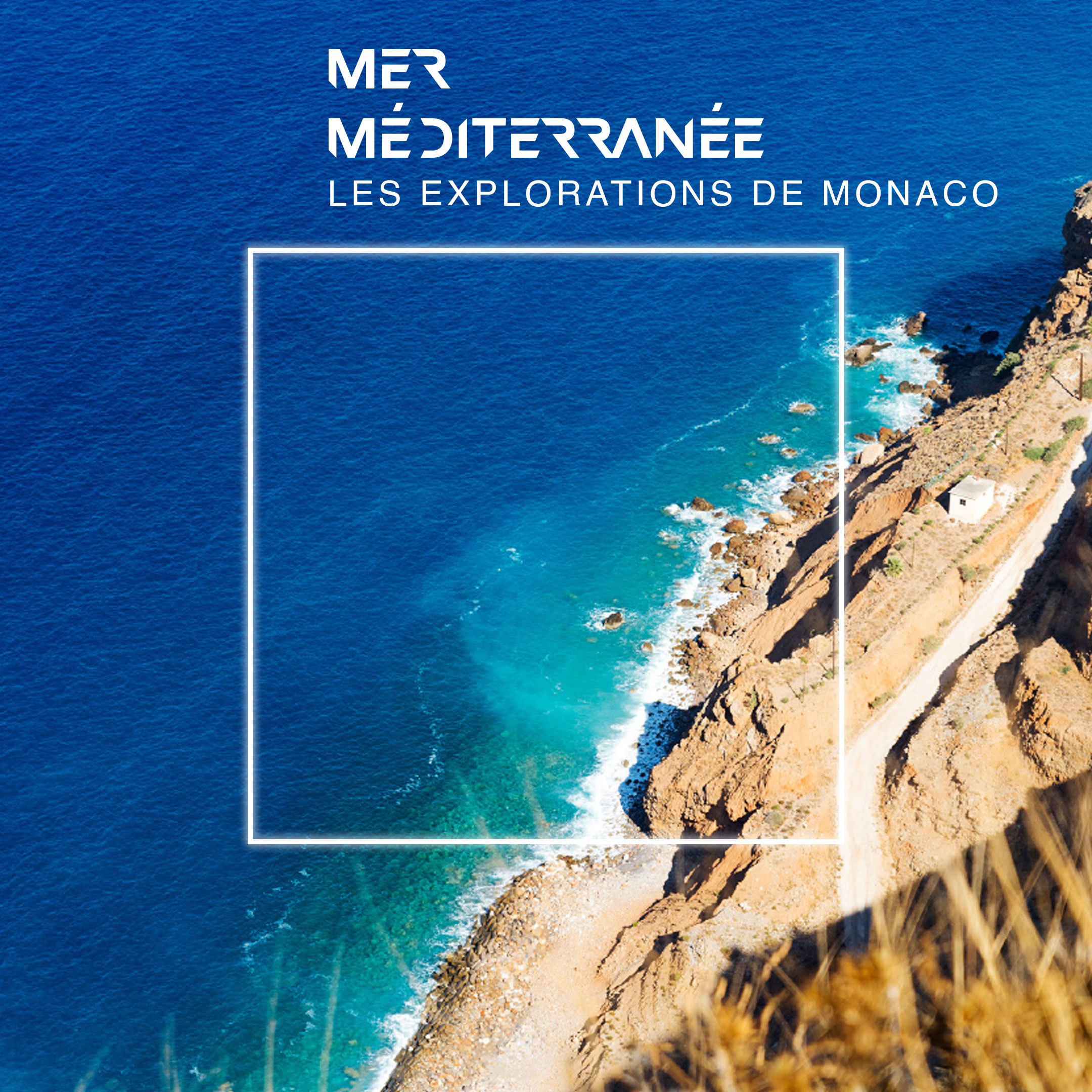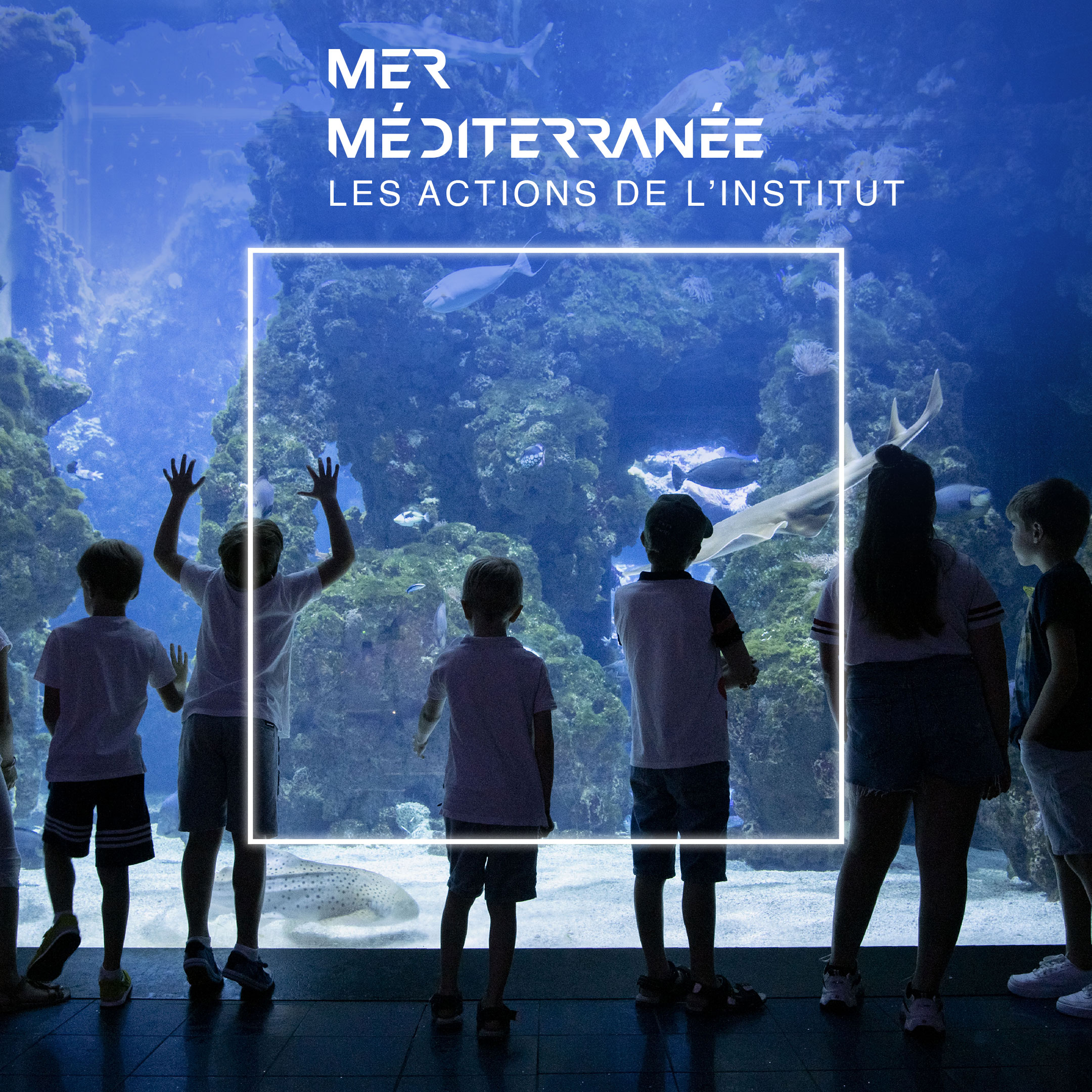Mediterranean Sea: MONACO MAKES A COMMITMENT
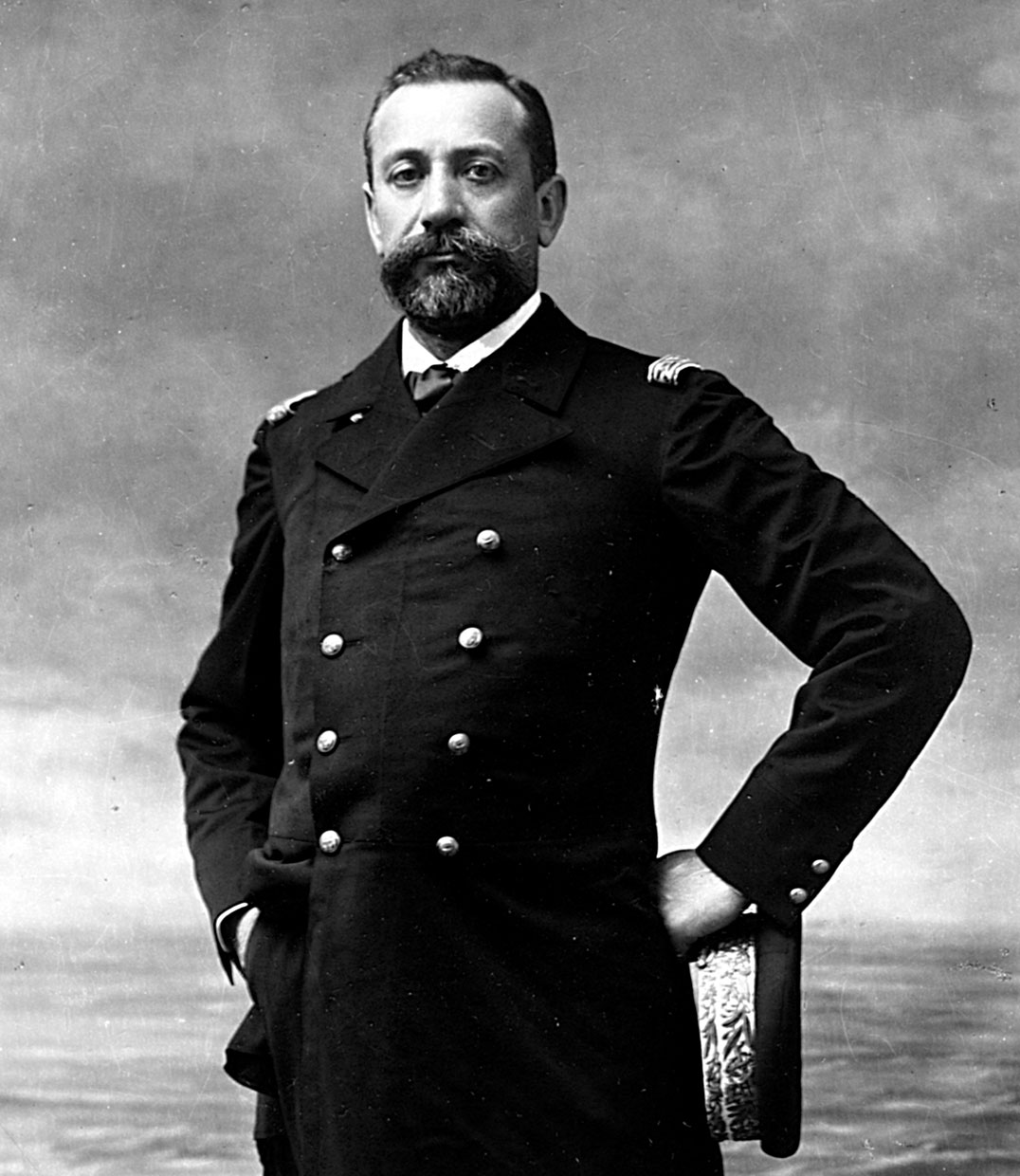
PRINCE ALBERT Ist
Between 1885 and 1915, Prince Albert I (1848-1922) personally led 28 scientific campaigns from Cape Verde to the Arctic regions taking many French and foreign scientists on board his ships.
Understanding the essential role played by the played by the Ocean was at the heart of his preoccupations. He didn’t hesitate to question the “evidence” of his time in search of the truth. He thus proved the existence of life in the ocean’ s deepest depths. Prince Albert I wanted to advance oceanography, “the new science that penetrates the secret of the abyss”(The career of a navigator).
The Mediterranean was his playground! It enabled him to carry out a large number of scientific tests and develop new equipment and methods for its campaigns. Our operations in the Mediterranean also confirmed the urgent need for a better understanding of the particularities and resources of this inland sea. and resources of this inland sea. This vision gave rise to the International Commission for the Scientific Exploration of the Mediterranean Sea (CIESM). His many projects also made him the fragility of nature. At the time, he was already advocating the creation of national parks as in the United States. Today,he would no doubt be pushing for the creation of Marine Protected Areas.
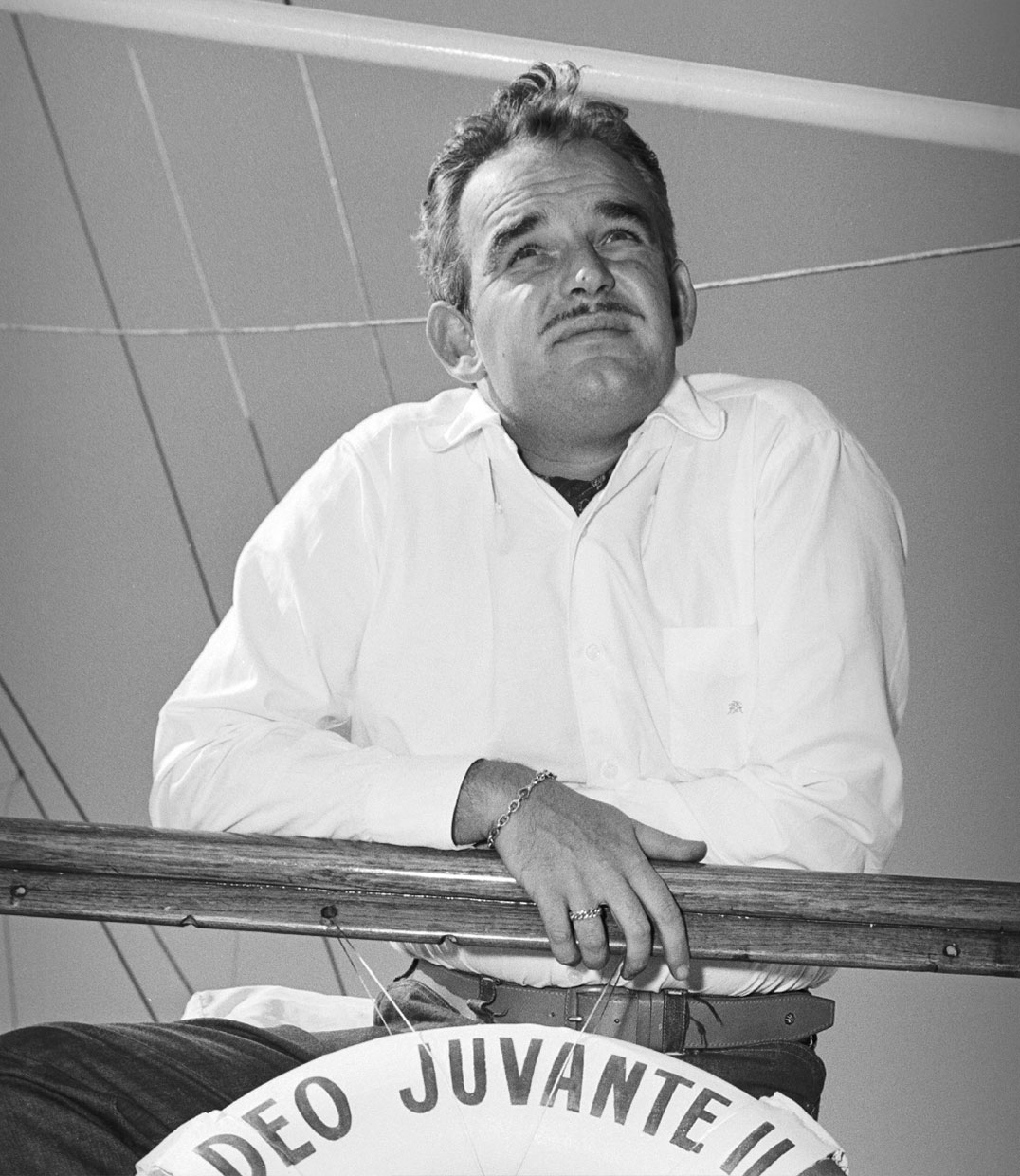
PRINCE RAINIER III
Ascuba diver and lover of the sea, Prince Rainier III (1923-2005 ) always made the protection of the sea in general, and the Mediterranean in particular, a top priority. And like his ancestor, he was determined to give the Principality an international role. In response to the dumping of nuclear waste in the Mediterranean, in 1959 , the first scientific conference on the disposal of radioactive waste. Two years later, the IAEA ( International Atomic Energy Agency) set up its International Radioactivity Laboratory in the Principality, promoting techniques to protect the marine environment. To give the Principality of Monaco the means to conduct scientific research, Prince Rainier III also created the Centre Scientifique de Monaco in 1960. Prince Rainier III did not stop there , however, and in 1976, he signed the RAMOGE agreement with France and Italy to combat pollution.
However, speaking at the Rio Conference on the Environment in 1992, he considered thatthere was still
much to be done: “The Mediterranean is a dumping ground”, he said, “life depends on the water cycle. Today, life is in danger”. In 1996, the Principality signed the Agreement on the Conservation of Cetaceans of the Black Sea , Mediterranean Sea and Contiguous Atlantic Area (ACCOBAMS) and in 1999, the Pelagos Agreement, creating a sanctuary for marine mammals.
Photo credits: Oceanographic Institute of Monaco / Fausto Picedi / Greg Lecoeur
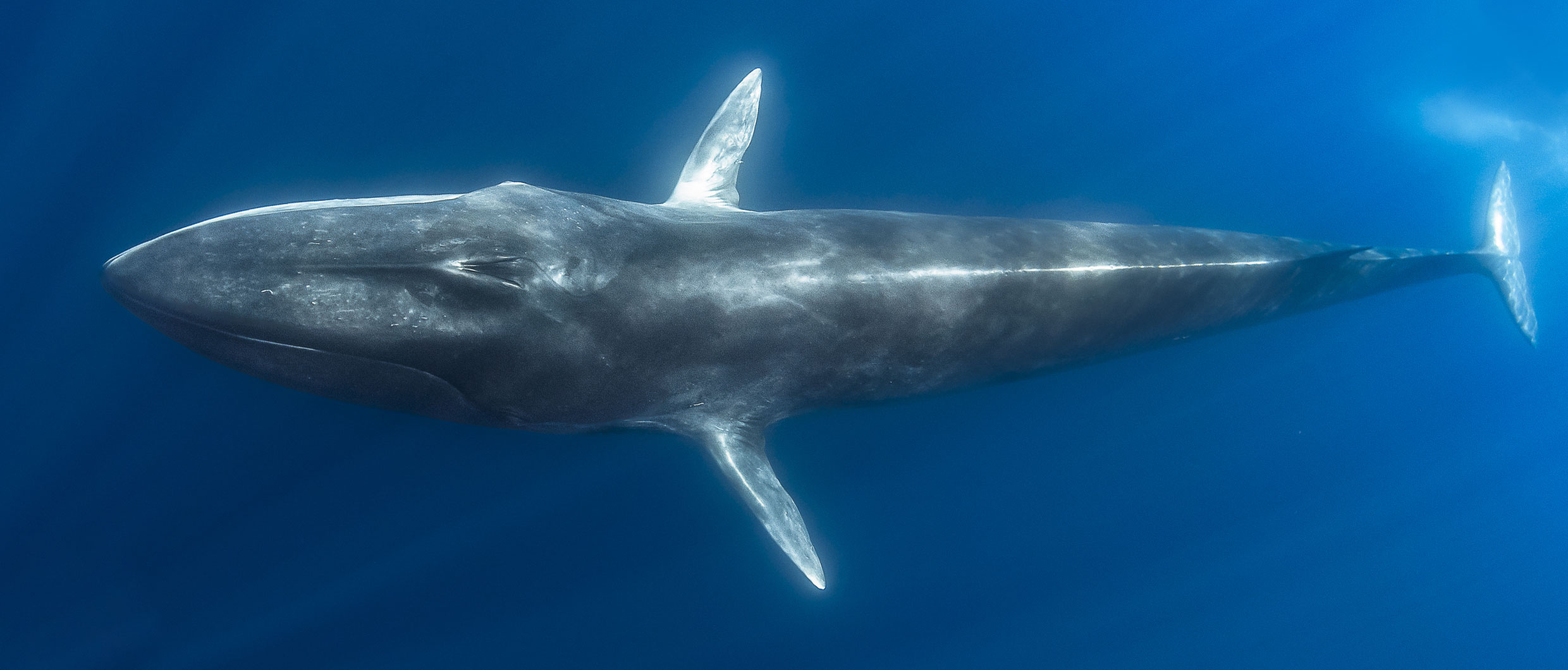
THREE YEARS TO REMEMBER

Prince Rainier III rallies against the dumping of nuclear waste in the Mediterranean, followed by the creation of the IAEA (International Atomic Energy Agency) Marine Environment Laboratory.

Signature of the RAMOGE agreement between Monaco, France and Italy , extending from Saint Raphaël to Genoa via Monaco. It has now been extended from Marseille to La Spezia.

ACCOBAMS (Agreement on the Conservation of Cetaceans of the Black Sea, Mediterranean Sea and Contiguous Atlantic Area ) signed.
LOCAL ACTION
INTERNATIONAL COOPERATION
For over 100 years, Monaco has been blazing a trail towards a sustainable ocean, mobilizing a wide range of committed players on its territory.
MONEGASQUE ACTION, PLURAL AND UNAMBIGUOUS...
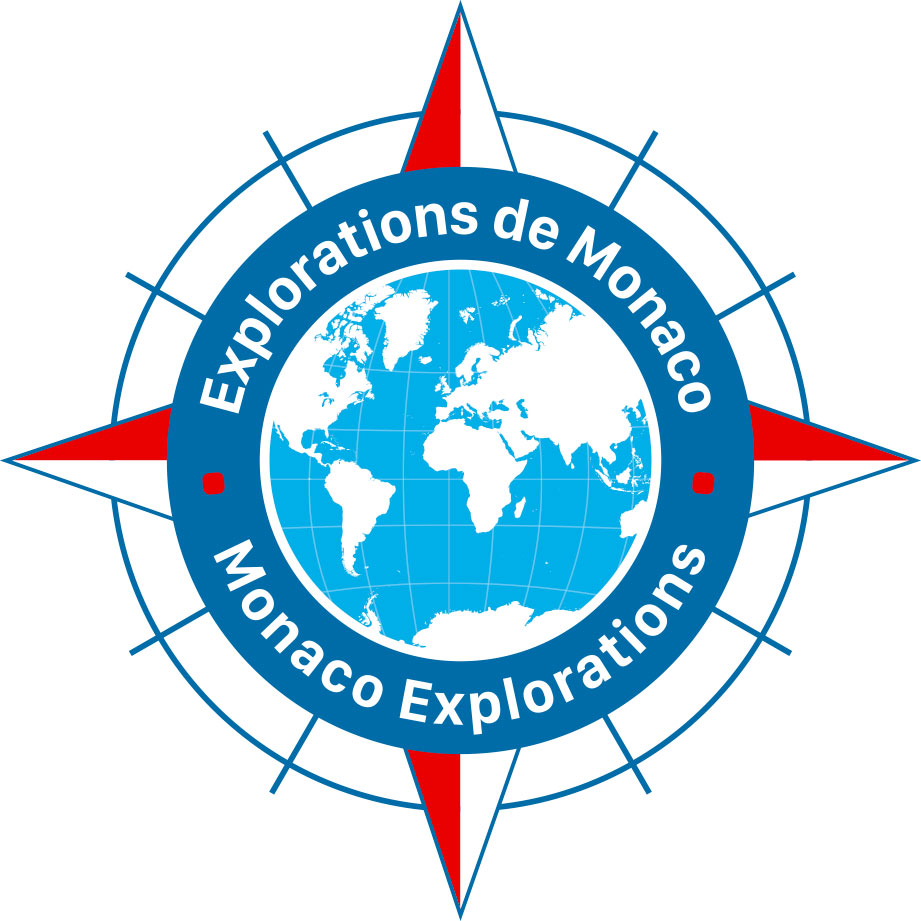
The Explorations of Monaco Society
The Monaco Explorations is a platform for the commitment of H.S.H. Prince Albert II of Monaco in terms of knowledge, sustainable management and protection of the Ocean. Created in 2017 on the initiative of the Princely Government, the Société des Explorations de Monaco brings together the Prince Albert II Foundation, the Oceanographic Institute, the Centre Scientifique de Monaco and the Yacht Club de Monaco. It coordinates international missions in partnership with Monegasque and foreign players, reinforcing Monaco ‘s commitment to ocean protection. Explorations de Monaco organizes and supports major scientific missions. Theseinclude the expedition”Gombessa 6 : Cap Corse”, led by Laurent Ballesta and Andromède Océanologie, highlighted the importance of the French Mediterranean, and Corsica in particular, as the last known refuge of the angel shark, a critically endangered species (IUCN). Thanks to saturation dives, mapping tools and innovative sampling methods, scientists have been able to better understand its habitat and assess its population. This data is essential for the preservation of thespecies. Its next mission, dedicated to the Mediterranean, is scheduled to take place in Greece in autumn 2025.
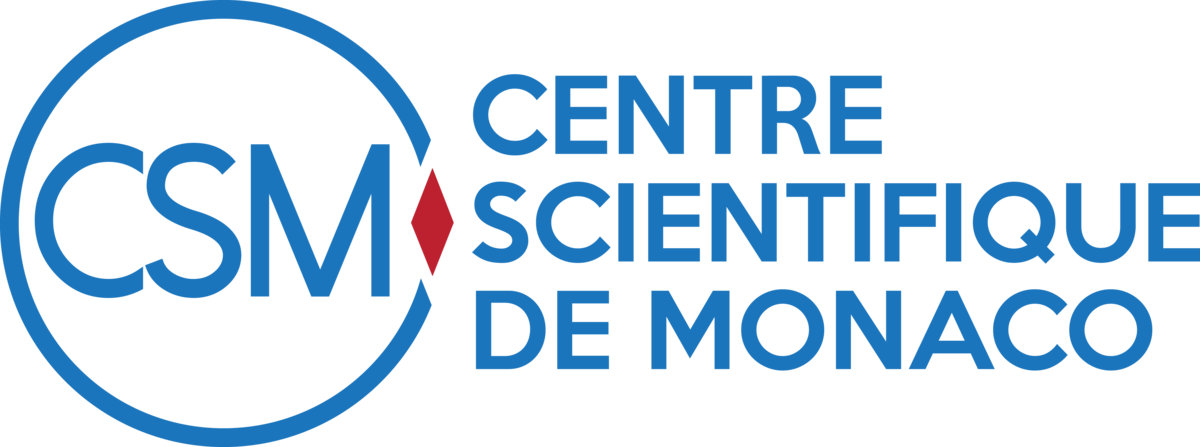
Monaco Scientific Center (CSM)
The Scientific center of Monaco is a world-renowned multidisciplinary research institute for its work in marine biology (study of corals and coral reefs ), polar biology (study of penguins) and medical biology. One of its flagship projects concerns the Mediterranean red coral. This emblematic species , which contributes to the formation ofa unique ecosystem, coralligenous ecosystem, is subject to heavy exploitation and the harmful effects of climate change. In order to safeguard this coral in the Mediterranean, the Scientific center of Monaco and the Océanologic observatory of Banyuls-sur-Mer (Pyrénées-Orientales) have joined forces to develop a scientific program in Conservation Biology. This program is a collaboration between the Research unity onto Precious Coral boilogy CSM-CHANEL funded by Maison CHANEL and the Ecogeochimy Laboratory des Environnements Benthiques (LECOB) at the Observatoire de Banyuls-sur-Mer. The project is supported by the Prince Albert II Foundation. To house red coral colonies and study their reproduction, six concrete coral caves of 1 m3 each have been specially 40 m deep in July 2021, in Monegasque waters. The results are promising , as the experiment the birth of 250 young corals!
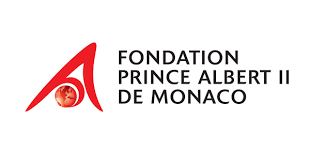
The Prince Albert II of Monaco Foundation
Created by HSH Prince Albert II of Monaco in 2006, the Foundation is a global non-profit organization committed to advancing global health for present and future generations by co-creating initiatives and supporting hundreds of projects. Among them, monk seal conservation. In 2019, the Foundation spearheaded the creation of the Monk Seal Alliance (MSA) with four other donor organizations. Conservation measures such as the creation of marine protected areas, collaboration with fishermen and awareness-raising have borne fruit: the current population is estimated at around 900 individuals. Another project involves safeguarding the northern bluefin tuna or Mediterranean bluefin tuna further south. The industrialization of fishing has led to a collapse in its populations. Since its creation, the Prince Albert II of Monaco Foundation has been working to save the species, making Monaco the first country to request international protection. Thanks to the Principality’s political action and the worldwide repercussion it has had, the quotas proposed by the scientists have been respected and the stocks have begun to consolidate.

The Mediterranean isone of the world’s most polluted seas. In 2015, the Prince Albert II of Monaco Foundation , together with the Tara Océan Foundation, Surfrider Foundation Europe, the MAVA Foundation and IUCN joined forces to launch the Beyond Plastic Med (BeMed) initiative. Since its launch in January 2019, BeMed has been involved in three main actions: the financing of projects enabling associations and other players to develop and implement concrete actions; supporting volunteer companies and local players in the implementation of pilot projects focused on solutions to reduce the use of plastics; and finally, through its Community of Practice and its Business College launched in January 2020, BeMed creates a dynamic between committed players to facilitate collective intelligence, experience sharing and replication of best practices.
... SUPPORTING AND ACTIVELY PARTICIPATING IN REGIONAL COOPERATION

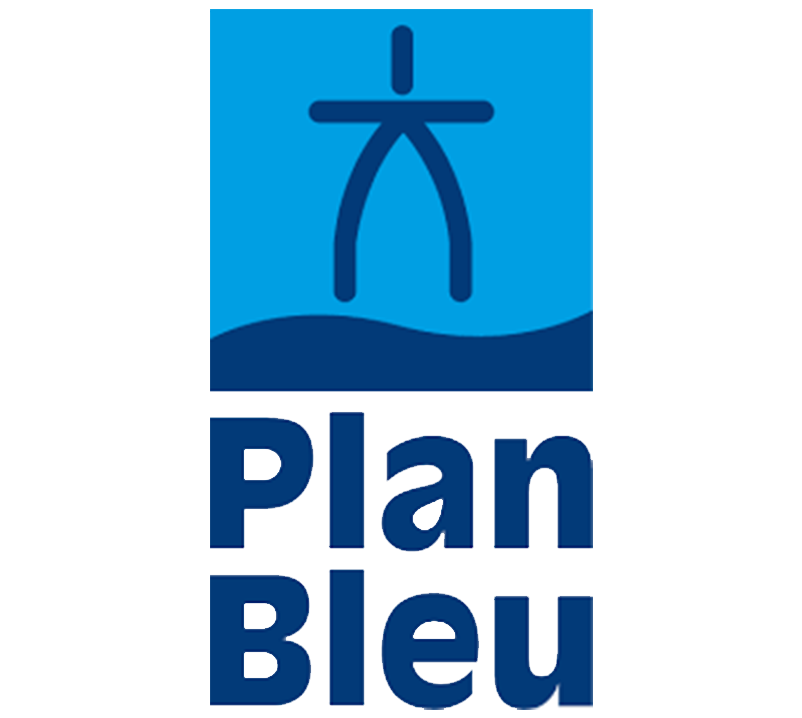
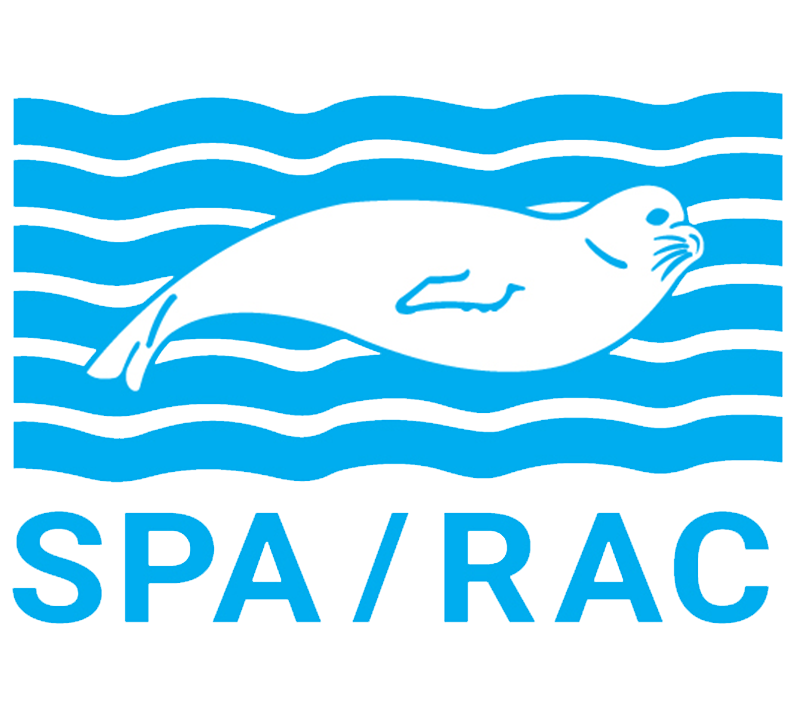
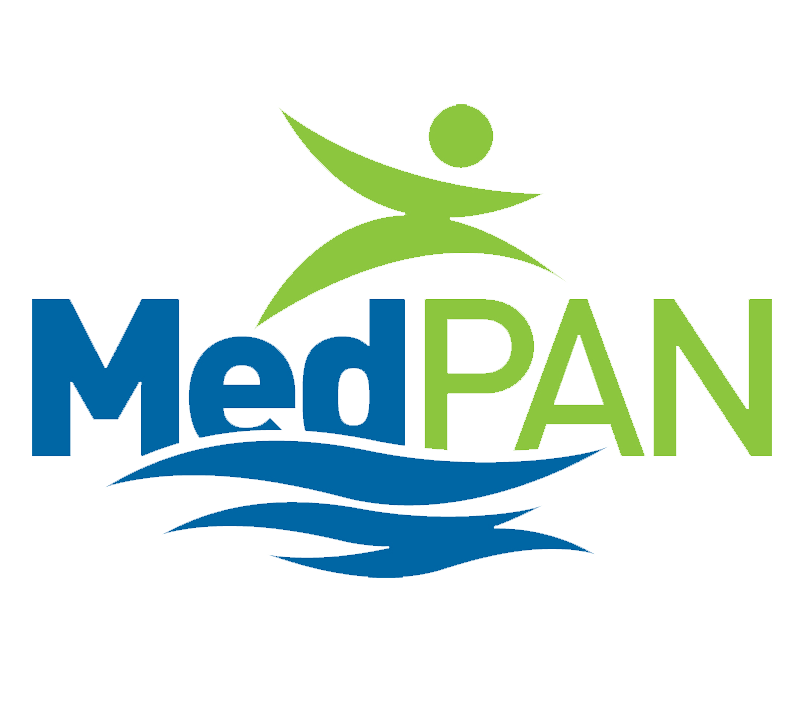
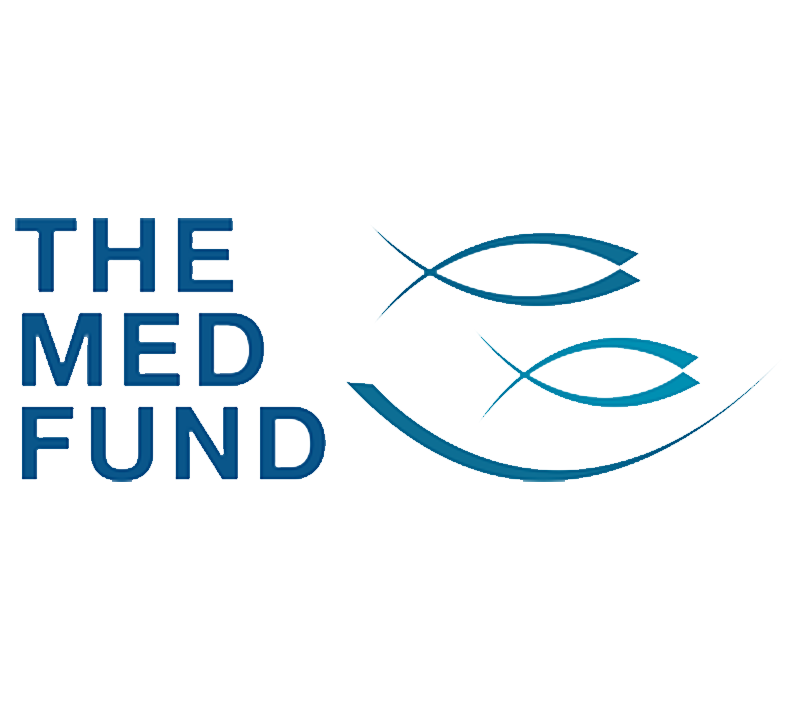
Mediterranean Action Plan (MAP)
The Mediterranean Action Plan (MAP) was created in 1975 as a multilateral environmental agreement under the Regional Seas Programme of the United Nations Environment Programme (UNEP). The Mediterranean countries and the European Community have approved the MAP as an institutional framework to address the common challenges of marine environmental degradation. MAP ‘s work is guided by one objective: “a healthy, clean, sustainable and resilient Mediterranean sea and coastline in the face of climate change, with productive and biologically diverse marine and coastal ecosystems (…)”. To date, the Contracting Parties have adopted 10 regional plans dealing with persistent organic pollutants (POPs), wastewater, the food sector and marine waste. Three other regional plans are currently being drawn up and updated. They concern: reducing and preventing pollution, eliminating marine pollution from land-based sources, and achieving “good ecological status ” (GES). Good environmental status ” corresponds to the proper functioning of ecosystems (at biological, physical, chemical and health levels ), enabling the sustainable use of the marine environment, physical , chemical and sanitary) , enabling sustainable use of the marine environment.
The Blue Plan
As part of the United Nations Environment Programme, Plan Bleu has been active for over 40 years, producing studies and scenarios for the future of the Mediterranean, to raise awareness among stakeholders and decision-makers of the region’ s environmental and sustainable development issues. For the Mediterranean, it proposes adaptation solutions in conjunction with MedECC (Mediterranean Experts on Climate and Environmental Change).
Their aim is to protect terrestrial and marine ecosystems, and the health of human populations in the Mediterranean basin, by improving food security, water management and agricultural practices. In particular, the Blue Plan advocates the creation and effective management of Marine Protected Areas (MPAs) in the Mediterranean.
Le Specially Protected Areas Regional Activity Centre (SPA/RAC)
SPA/RAC is an environmental organization created in Tunis in 1985, in connection with the Barcelona Convention. It isone of the eight components of the Mediterranean Action Plan of the United Nations Environment Programme (UNEP/MAP).
As a center for marine biodiversity it works closely with governmental and non-governmental organizations for the conservation and sustainable management of endangered species, ecosystems and areas of particular natural and cultural value in the Mediterranean.
The MedPAN
The MedPAN association was created in 2008 at the request of managers of Marine Protected Areas in the Mediterranean. The aim of the association is to promote the creation, perpetuation and operation of a Mediterranean network of Marine Protected Areas.
With this in mind, MedPAN has carried out studies on sustainable tourism in MPAs. They demonstrate that by adopting an approach that integrates stakeholder coordination, regulation of tourist flows, visitor awareness and technological innovation , it is possible to reconcile the economic interests of tourism with the need to protect fragile marine ecosystems.
TheMedFund
MedFund is an environmental fund that provides sustainable financing for the conservation of marine marine biodiversity and for the creation and management of Mediterranean Marine Protected Areas. The Prince Albert II Foundation was behind the creation of this fund , which brings together Tunisia, France and Monaco. A genuine tool in the service of the 30×30 objective, the MedFund ‘s priority is to revitalize small-scale fishing.
DID YOU KNOW?
Part of the revenue generated by ticket sales at the to the Oceanographic Museum is donated to MedFund.

Photo Credit: Red Coral – Greg Lecoeur
AN AMP IN TOWN
The Principality of Monaco is heavily involved in monitoring the Pelagos sanctuary sanctuary , where 8 species of marine mammals regularly live, in 1976, decided to create an MPA in the town – the Larvotto reserve – which represents a quarter of its coastline. This 33. 6-hectare MPA is home to numerous brown groupers.
THE PRINCIPALITY HAS BEEN CARING FOR GROUPERS SINCE 1993
The depletion of the brown grouper, a victim of poaching and overfishing, led Monaco (in 1993) and France (in 1999) to introduce strong protection measures, including a moratorium on hook-and-line fishing and underwater hunting. In Monaco, the Sovereign Order of 1993, reinforced in 2011, provides long-term protection for brown grouper and corb. Although this success is a model for biodiversity in the Mediterranean, it remains fragile: the moratorium, which is re-evaluated every 10 years, was renewed in France in December 2023 and will come into play again in 2033.
Photo credits:
Brown Grouper “Epinephelus Marginatus” – Michel Dagnino
Red Tuna Bank – Getty images
THE REVIVAL OF BLUEFIN TUNA: A COLLECTIVE SUCCESS INITIATED BY MONACO
Massively fished, bluefin tuna in the Eastern Atlantic and Mediterranean has come close to collapse in just a decade. In 2008, H.S.H. Prince Albert II of Monaco introduced a moratorium on its consumption, in partnership with Monegasque restaurateurs and retailers.
In 2009, Monaco proposed its inclusion on the list of species protected by the Convention on International Trade in Endangered Species of Wild Fauna and Flora (CITES). the Convention on International Trade in Endangered Species of Wild Fauna and Flora (CITES), to ban its international trade, an initiative which was not adopted but which made a major contribution to raising awareness in the international community. Thanks to these efforts, in 2021 the International Union for Conservation of Nature (IUCN) reclassified the species from “Endangered” to ” LeastConcern “.







